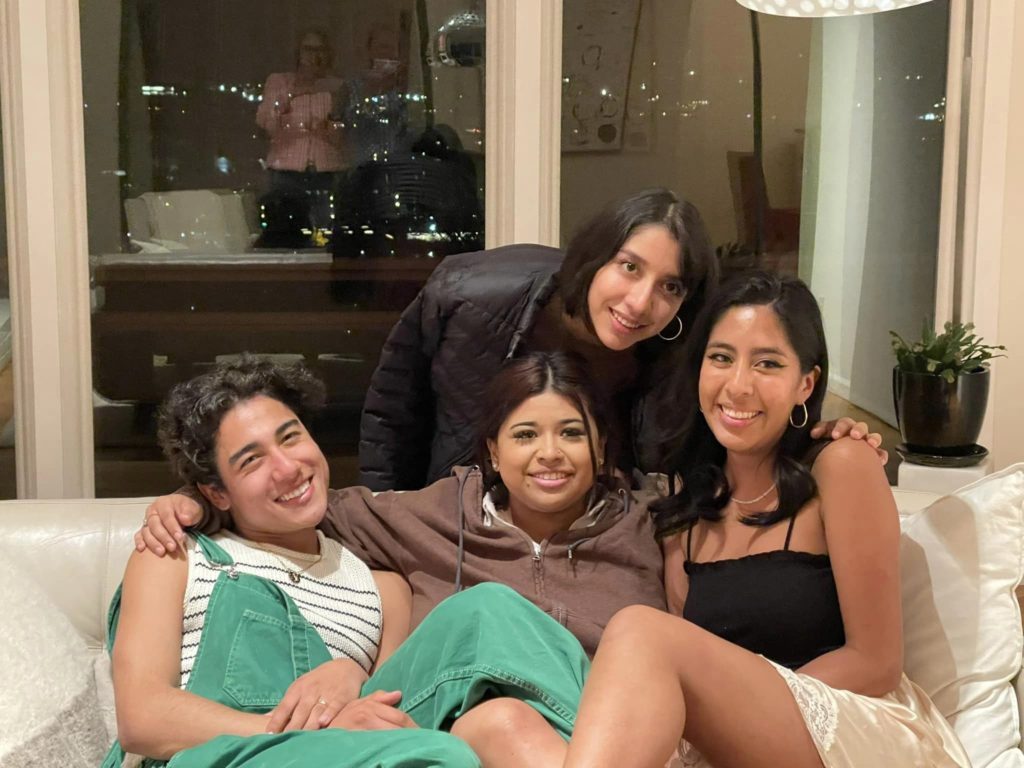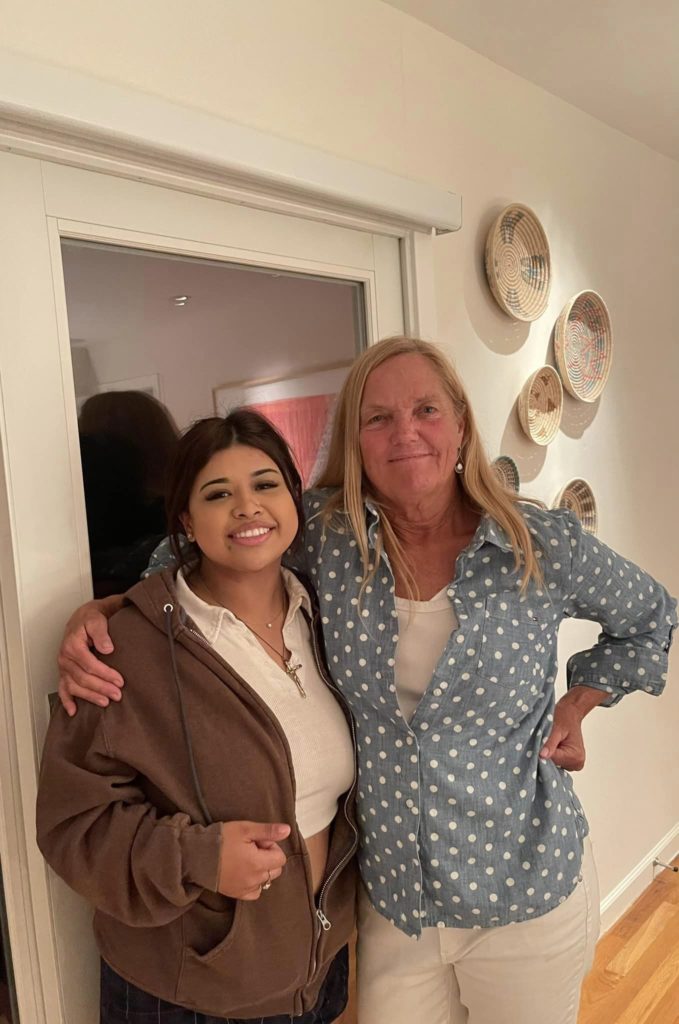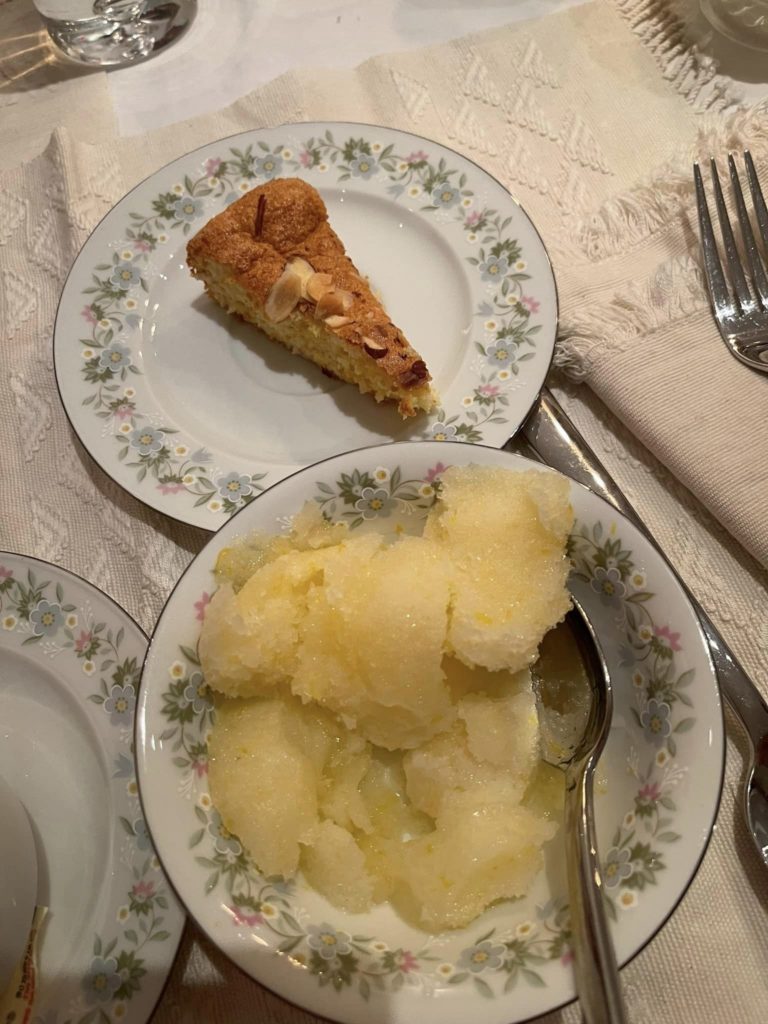Cali Girls
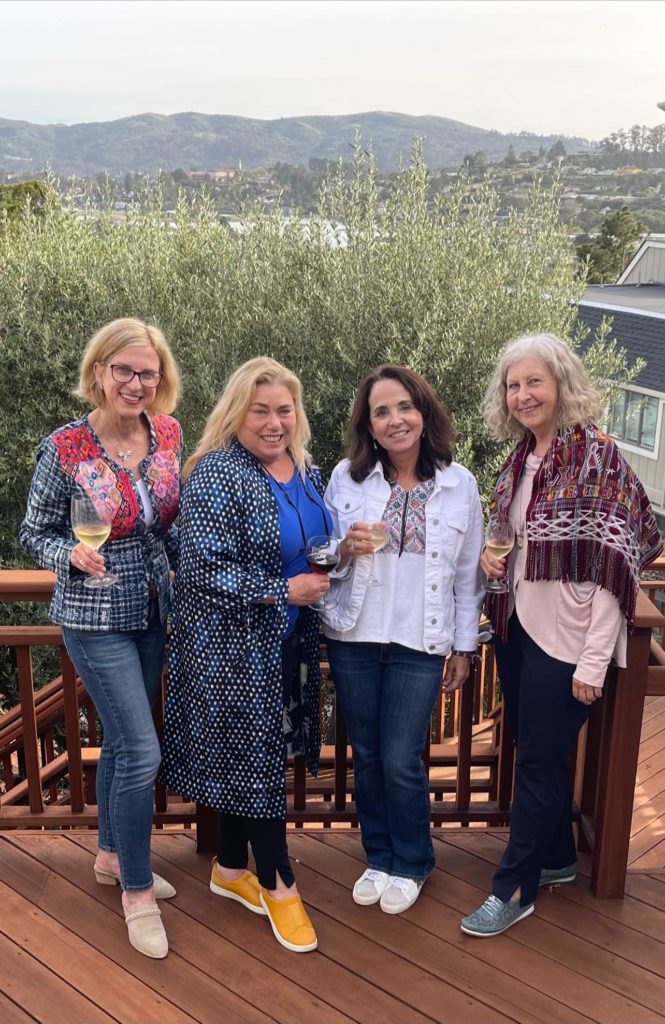
On our trip this past February with “Team Women with Purpose,” the 4 of us traveled to Guatemala from the Bay Area and San Diego. The other Guatmamas called us the “Cali Girls.” This weekend, we reunited in Marin.
Golden.

On our trip this past February with “Team Women with Purpose,” the 4 of us traveled to Guatemala from the Bay Area and San Diego. The other Guatmamas called us the “Cali Girls.” This weekend, we reunited in Marin.
Golden.
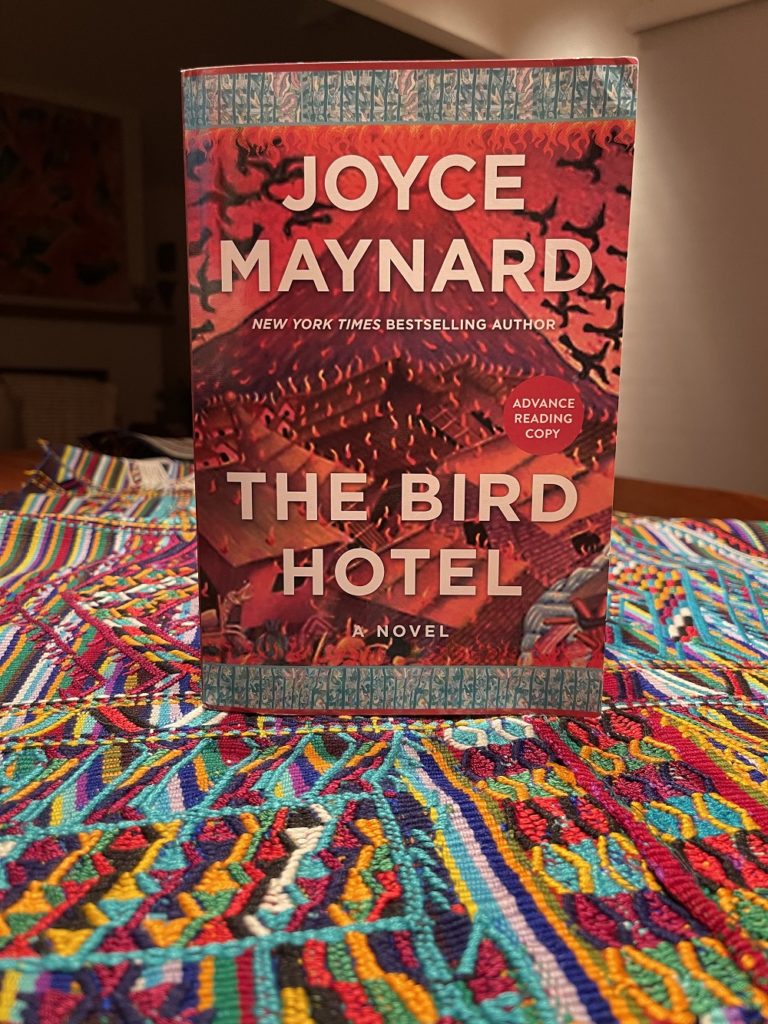
I just finished the ARC (Advance Reading Copy) of “The Bird Hotel” by Joyce Maynard, and wow. The novel tells the story of an artist named Irene who, after suffering multiple tragedies, leaves her life in NY and moves to an unnamed Central American country a lot like Guatemala where she is gifted a decaying hotel on the shores of a beautiful lake a lot like Atitlan. In the process of restoring the rundown property, interacting with indigenous and expat locals and hotel guests, and absorbing the wisdom and magical realism inherent in living in the shadow of volcanoes, Irene rediscovers and heals herself.
The characters are vivid, imperfect, and believable, and the descriptions of setting evocative and spot on. And because Joyce is a master of storytelling, the plot twists and turns, with a mystery at its center. “The Bird Hotel” will appeal to anyone who loves to be transported to a different world by a book. It’s a place I personally want to check in, and never leave.
Publication date is May 2. But you can preorder now; link is here.
I’m grateful to Joyce Maynard, Skyhorse Publishing, and NetGalley for an advance copy of this book.
The Bird Hotel by Joyce Maynard Read More »
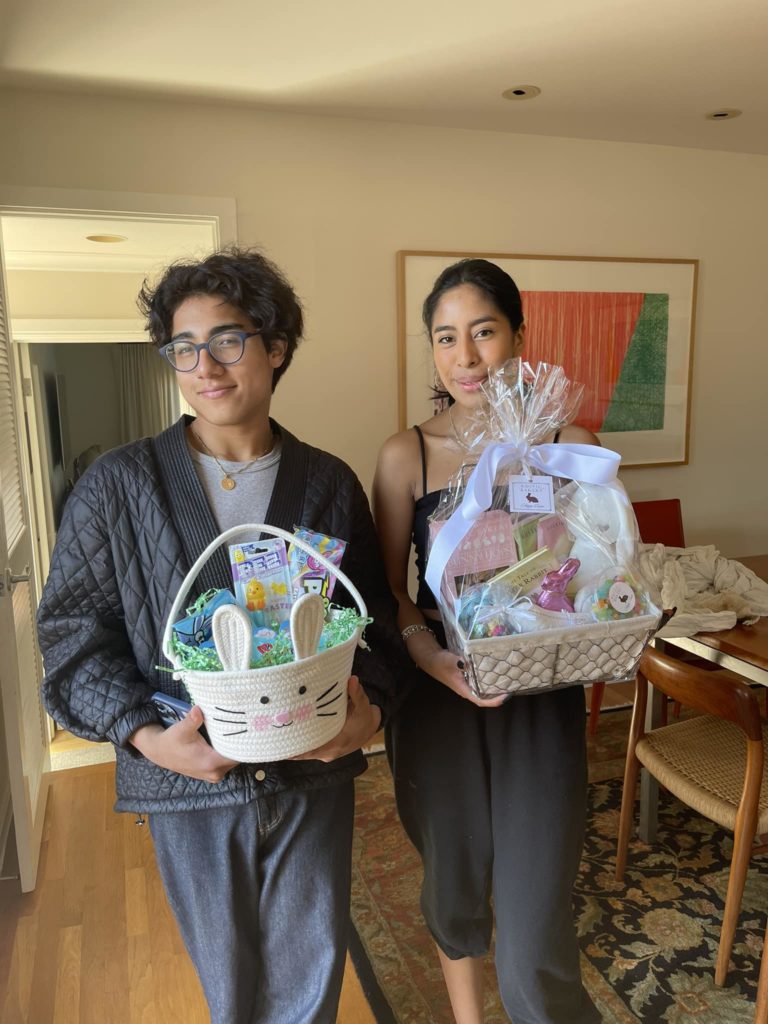
This Easter Bunny has retired. But that doesn’t mean these two can’t gift each other loot.
And they did. ![]()
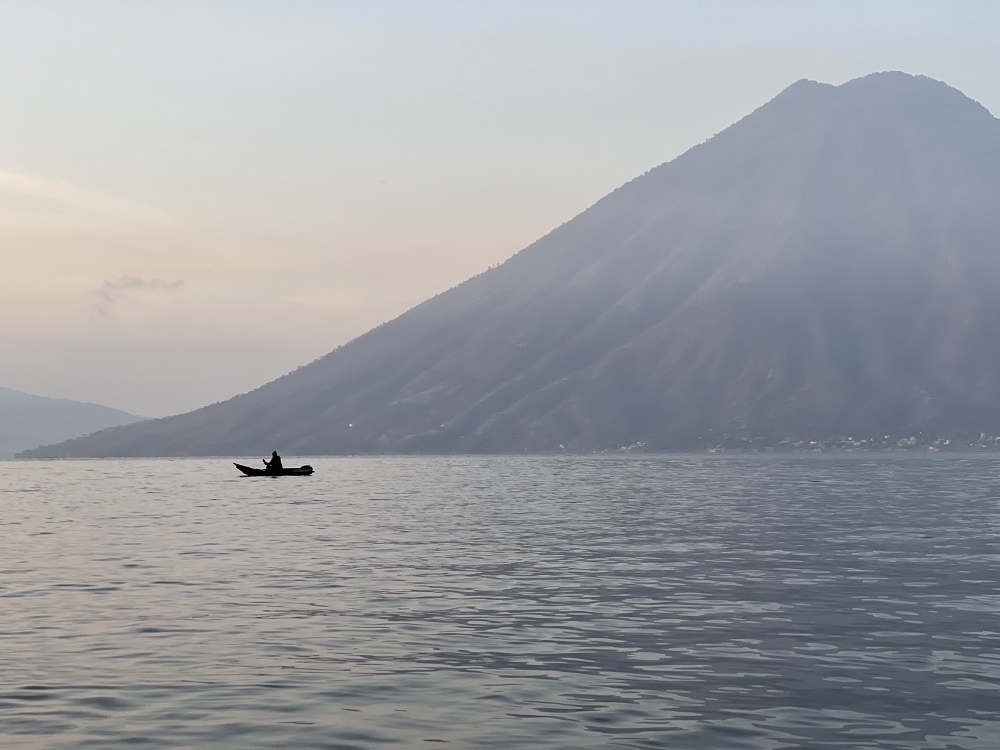
I’m sharing “Living in Adoption’s Aftermath” by Larissa MacFarquhar in The New Yorker’s April 3, 2023 edition. It’s an intense read, well-researched, with a focus on a mostly older cohort of adoptees who are reckoning with “corruption in orphanages, hidden birth certificates, and the urge to search for their birth parents.” Larissa MacFarquhar does an exceptional job revealing just how complicated adoption can be for everyone involved, especially for many people who are themselves adopted. I wish she had included some younger voices, adoptees who have grown up knowing their birth parents and origins, who have legitimate birth certificates, for whom adoption is an open, discussed subject, not hidden and taboo. But I’m an adoptive mother who looks through an adoptive mother lens and that would have been a different article.
Every sentence is thought-provoking and one statement resonated with me deeply, said by Joy Lieberthal, who was born in Korea and adopted to the U.S. when she was nearly six years old. She’s speaking here about being an international adoptee: “In the long history of time, we will exist only in a span of 60 to 70 years.” I feel the same way about my family, that we came together during a particular moment in history that is over and will never happen again. As you probably know, adoptions between the U.S. and Guatemala closed in December 2007 and show no signs of ever reopening. Indeed, “Rates of international adoption by Americans have plummeted in recent years, down ninety-three per cent since 2004.”
Finally, I think it’s telling that one of the couples interviewed, Ali and Drew, abandoned their plans to adopt and opted for surrogacy. Assisted reproduction is increasingly the future, which is why I believe at least some focus and conversation should shift to ways the new industry can and should learn from lessons of adoption’s past.
This piece made me stop and think, and I recommend it to anyone interested in adoption or curious about what it feels like (for at least some) to live inside it. To the several friends who forwarded it to me with reactions and thoughts, thank you. Xoxo
“Living in Adoption’s Emotional Aftermath,” April 3, 2023 New Yorker
New Yorker essay on adoption’s emotional aftermath Read More »
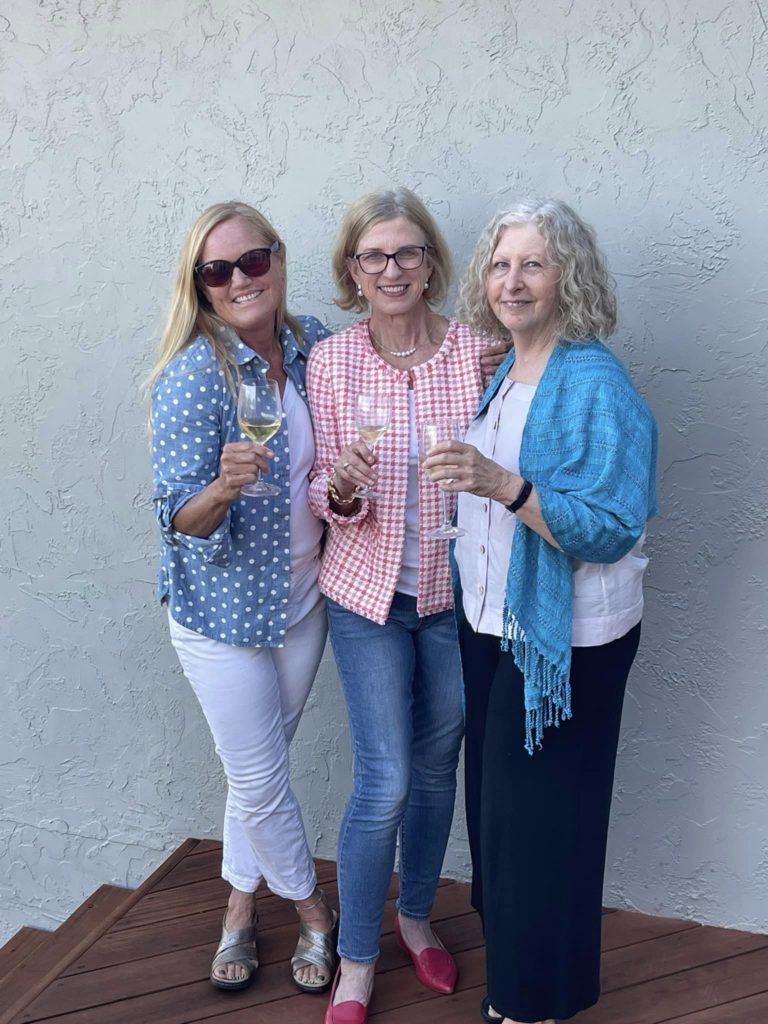
We 3 Guatmamas met almost 20 years ago on the streets of Antigua. Our kids are one another’s oldest friends; our families live close and get together whenever we can. Like last night, for dinner, the Saturday before Easter. ![]()
![]()
![]()

